History is like a giant puzzle, with missing pieces that leave us endlessly intrigued and spark our imagination. Even with all the breakthroughs in archaeology and research, some mysteries remain unsolved, leaving us with more questions than answers.
What happened to lost cities that vanished without a trace? How were ancient wonders constructed with seemingly impossible precision? And what secrets are hidden in cryptic manuscripts and forgotten tombs?
These are the mysteries that stir our curiosity and draw us back to the past. Let’s uncover some of the most captivating unsolved mysteries that still leave experts scratching their heads today.
1. The Elusive Tomb of Cleopatra

The last ruler of the Ptolemaic Kingdom of Egypt, Cleopatra, is known for her dramatic life and legendary relationships with Julius Caesar and Mark Antony.
But after her tragic death in 30 B.C., the exact whereabouts of her tomb, where she was supposedly buried alongside Antony, has been lost to time.
Some scholars believe her tomb lies submerged beneath the ancient city of Alexandria, swallowed by the Mediterranean Sea after centuries of natural disasters.
Excavations in places like Taposiris Magna, a site near Alexandria, have uncovered artifacts linked to Cleopatra, but her tomb remains undiscovered.
Dr. Zahi Hawass, a prominent Egyptian archaeologist, has expressed hope that future digs might finally solve this ancient enigma.
2. The Mysterious Voynich Manuscript

The Voynich Manuscript is perhaps one of the most puzzling texts ever discovered. Dating back to the early 15th century, this medieval codex is written in an unknown script that no one has successfully deciphered.
Filled with bizarre illustrations of plants, astrological symbols, and strange figures, the manuscript has baffled linguists, historians, and even cryptographers for centuries.
Some scholars believe it could be an ancient medical text, while others think it might be a hoax.
Despite multiple claims of translation, including a recent attempt linking it to proto-Romance languages, no consensus has been reached.
The Voynich Manuscript remains a tantalizing riddle waiting for someone to crack its code.
3. The Lost City of Atlantis

Plato’s legendary tale of Atlantis has sparked imaginations for more than 2,000 years.
Described as an advanced civilization that sank into the sea “in a single day and night of misfortune,” Atlantis has yet to be proven to exist despite numerous theories.
Some historians believe Atlantis may be based on the Minoan civilization, which disappeared after a volcanic eruption around 1600 B.C.
Others suggest that Plato’s story is purely symbolic. The search for Atlantis has taken explorers from the Mediterranean to the Caribbean, but the question of whether this utopian island ever existed continues to provoke debate.
4. The Nazca Lines of Peru

The Nazca Lines are gigantic geoglyphs etched into the desert plains of southern Peru.
These massive designs depict animals, plants, and geometric shapes that were Created by the ancient Nazca culture between 500 B.C. and 500 A.D.
The lines are so large that they can only be fully appreciated from the air, which has led to numerous theories about their purpose.
Some believe the lines were created for astronomical or ceremonial purposes, while others suggest they were part of water-related rituals.
5. The Great Unconformity: A Billion-Year Gap in Earth’s History

One of the lesser-known yet profoundly intriguing mysteries is the Great Unconformity, a billion-year gap in the Earth’s geological record.
Discovered in the Grand Canyon by geologist John Wesley Powell in 1869, this missing time period continues to puzzle scientists.
Theories to explain this massive gap range from ancient glaciation events to the shifting of tectonic plates.
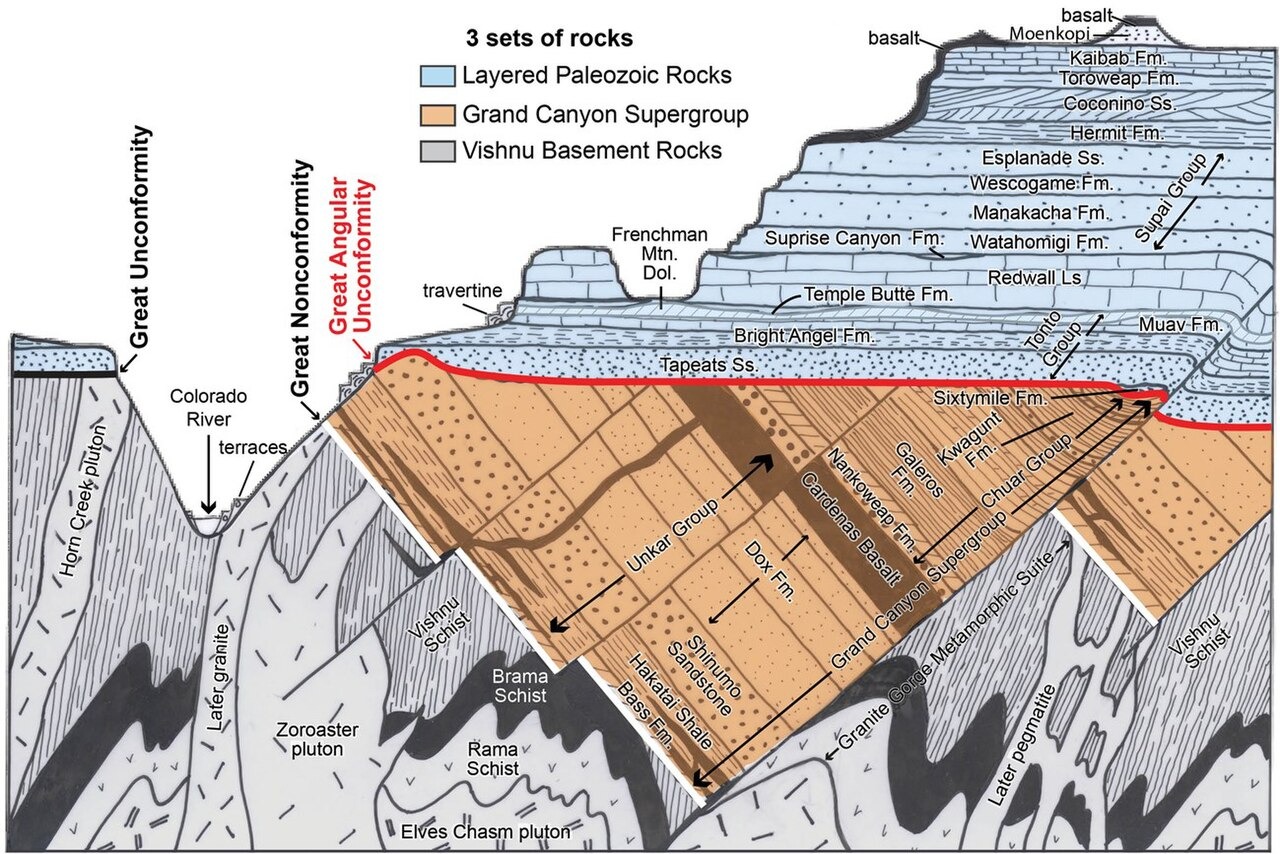
Some suggest that this “missing” rock might hold clues to Earth’s early climate and even the evolution of life itself.
As more geological discoveries are made, this mystery might one day unlock significant secrets about the Earth’s ancient past.
6. The Mystery of Stonehenge
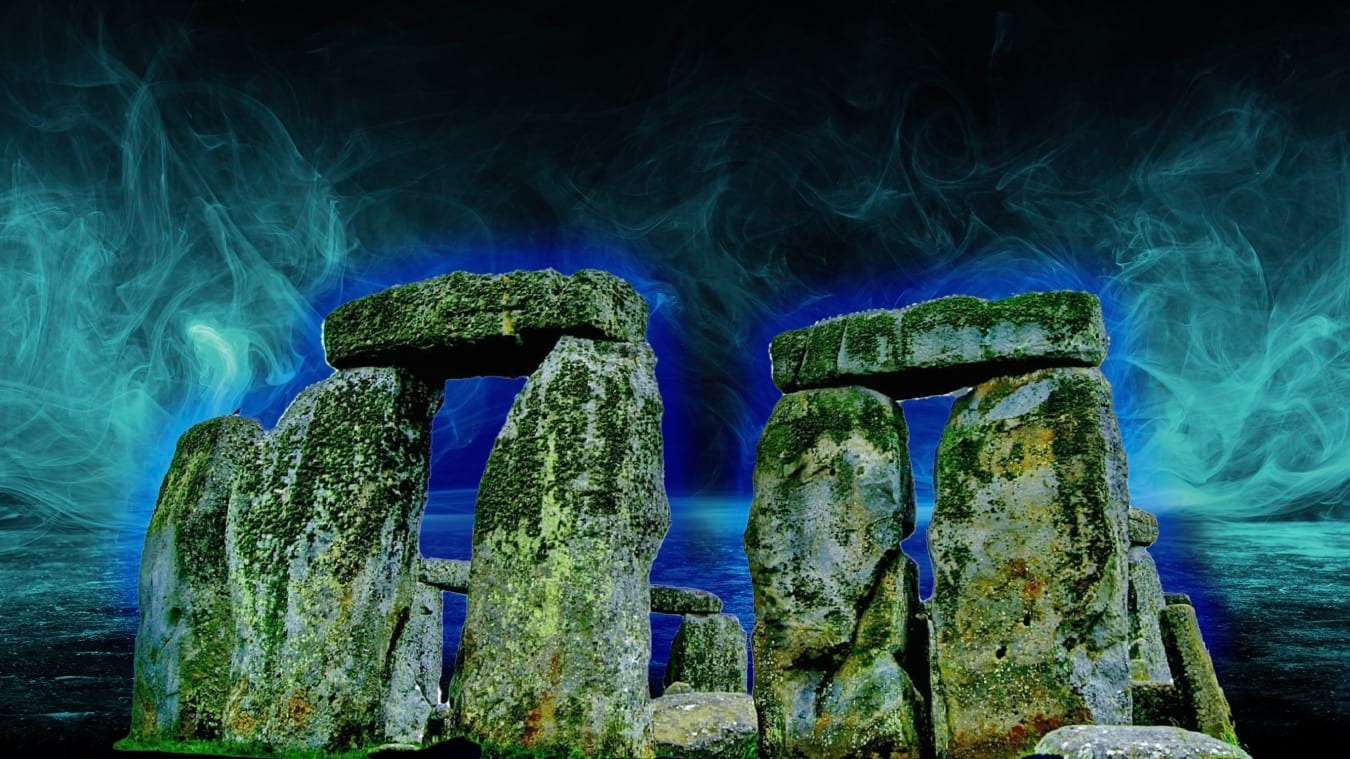
One of the most iconic and enigmatic landmarks in the world, Stonehenge stands proudly on the Salisbury Plain in England.
Built between 3000 and 2000 B.C., this prehistoric monument consists of massive stones, some weighing up to 30 tons, arranged in a circular formation.
But the real question is: Why was it built, and how did ancient people, with no known advanced machinery, manage to transport and erect these colossal stones?
Some theories suggest that Stonehenge was a ceremonial site, perhaps linked to ancient astronomical observations.
Archaeologists have discovered that the monument aligns with the movements of the sun, indicating it may have been used to track the summer and winter solstices.
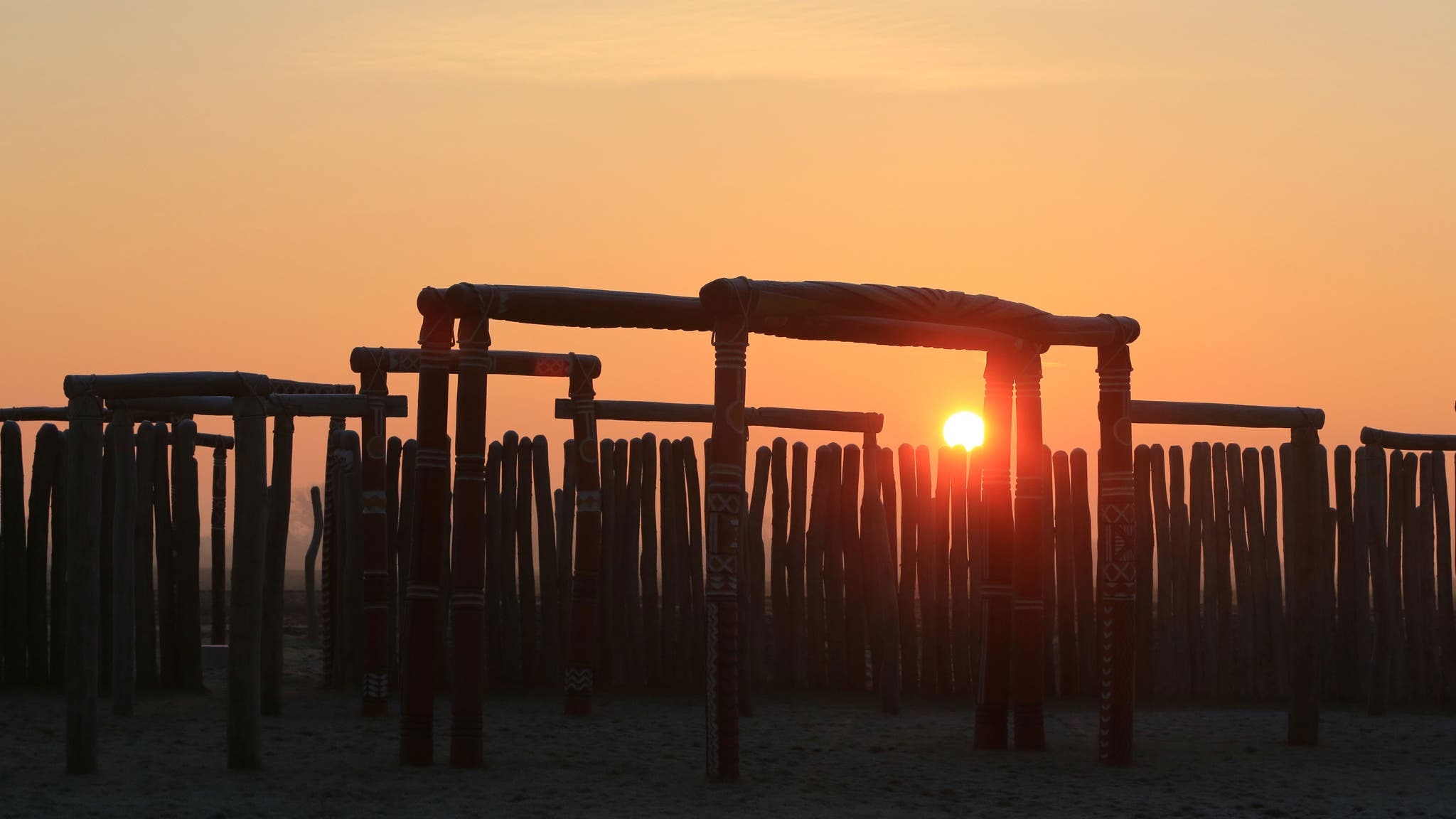
Others propose that it was a religious site for healing or even a burial ground for elite members of society.
The methods of construction are just as mysterious. Some of the stones were sourced from quarries nearly 200 miles away in Wales. Without modern transportation, how did these ancient builders manage to move such heavy stones over such vast distances?
Some scholars believe the stones were transported via waterways or rolled on logs, but no definitive evidence has emerged.
7. The Plain of Jars
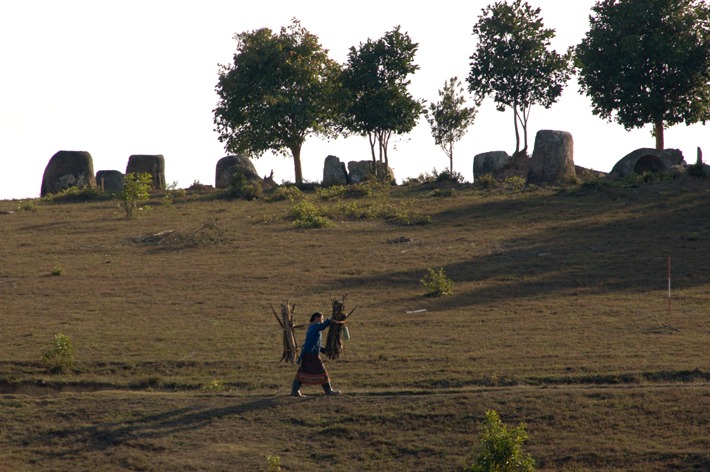
Scattered across the mountains of northern Laos, the Plain of Jars is an archaeological wonder. Thousands of enormous stone jars, some weighing several tons, dot the landscape.
Believed to date back to the Iron Age, these jars have sparked theories ranging from burial urns to vessels used in ancient rituals.
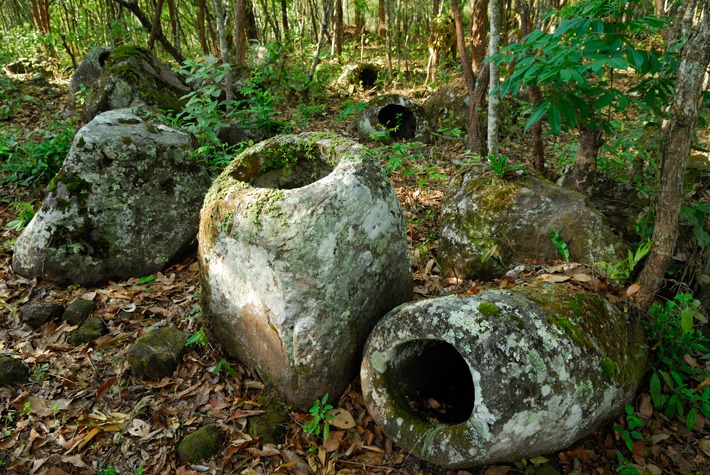
Local legends suggest that giants used the jars to brew alcohol, while others believe they were part of a funerary practice.
The presence of unexploded ordnance from the Vietnam War has made further exploration dangerous, leaving much about the jars—and the people who created them—a mystery.
8. The Olmec Colossal Heads
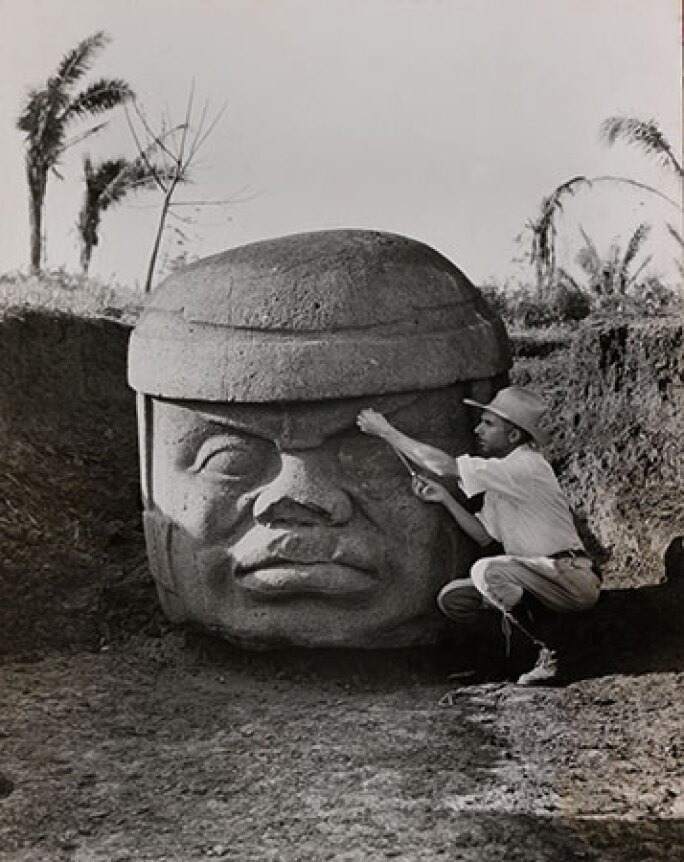
The Olmec civilization, which flourished in present-day Mexico from 1200 to 400 B.C., left behind some of the most enigmatic artifacts in Mesoamerican history: the colossal heads.
These massive stone sculptures, some as tall as 10 feet and weighing several tons, are thought to represent rulers or warriors.
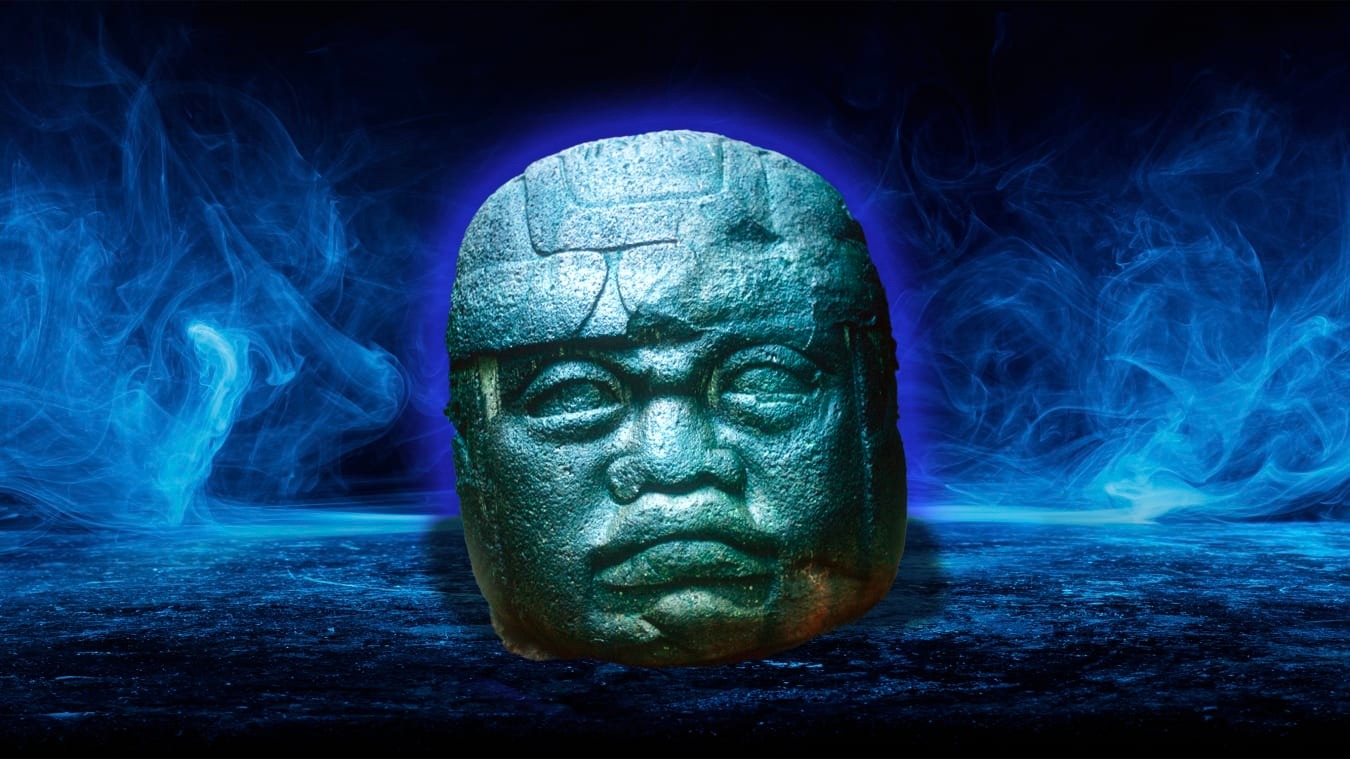
But how were these heads transported, and why were they carved with such meticulous detail? No written records from the Olmec have survived.
9. The Roanoke Colony Disappearance
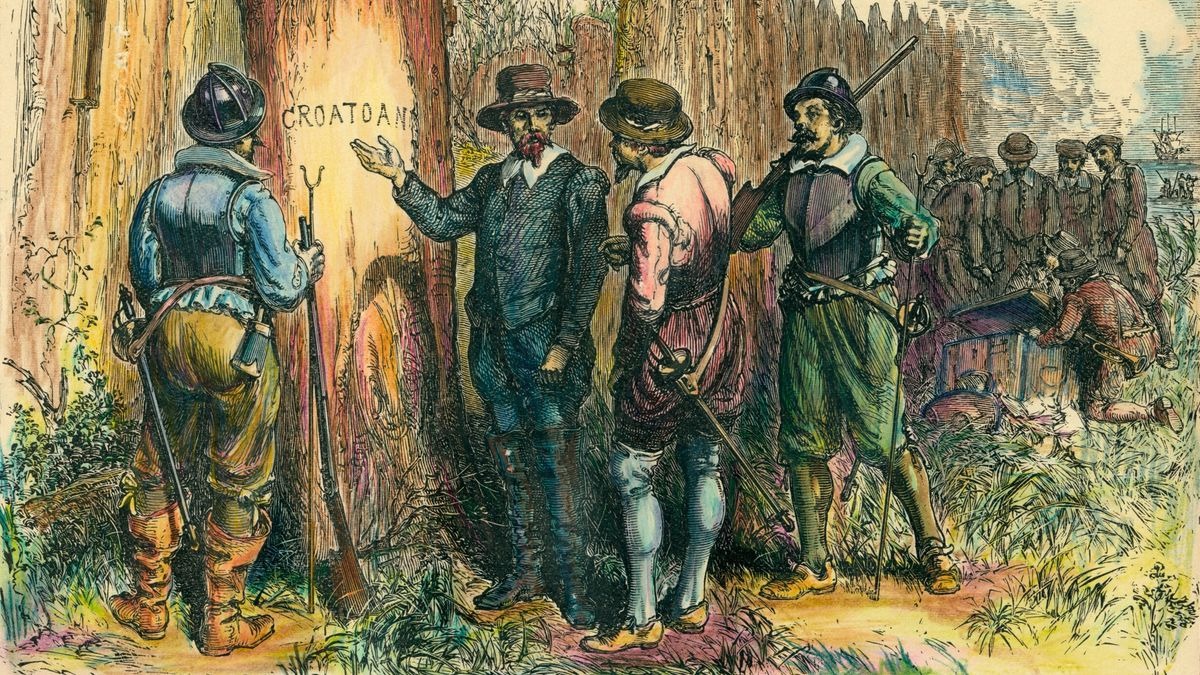
In 1587, English settlers established the Roanoke Colony on an island off present-day North Carolina.
When the colony’s governor, John White, returned from England in 1590, he found the settlement deserted. The only clue was the word “CROATOAN” carved into a post.
Many theories have been proposed, including assimilation with local Native American tribes or death by starvation or disease. However, with no solid evidence to support any of these ideas.
10. The Hanging Gardens of Babylon
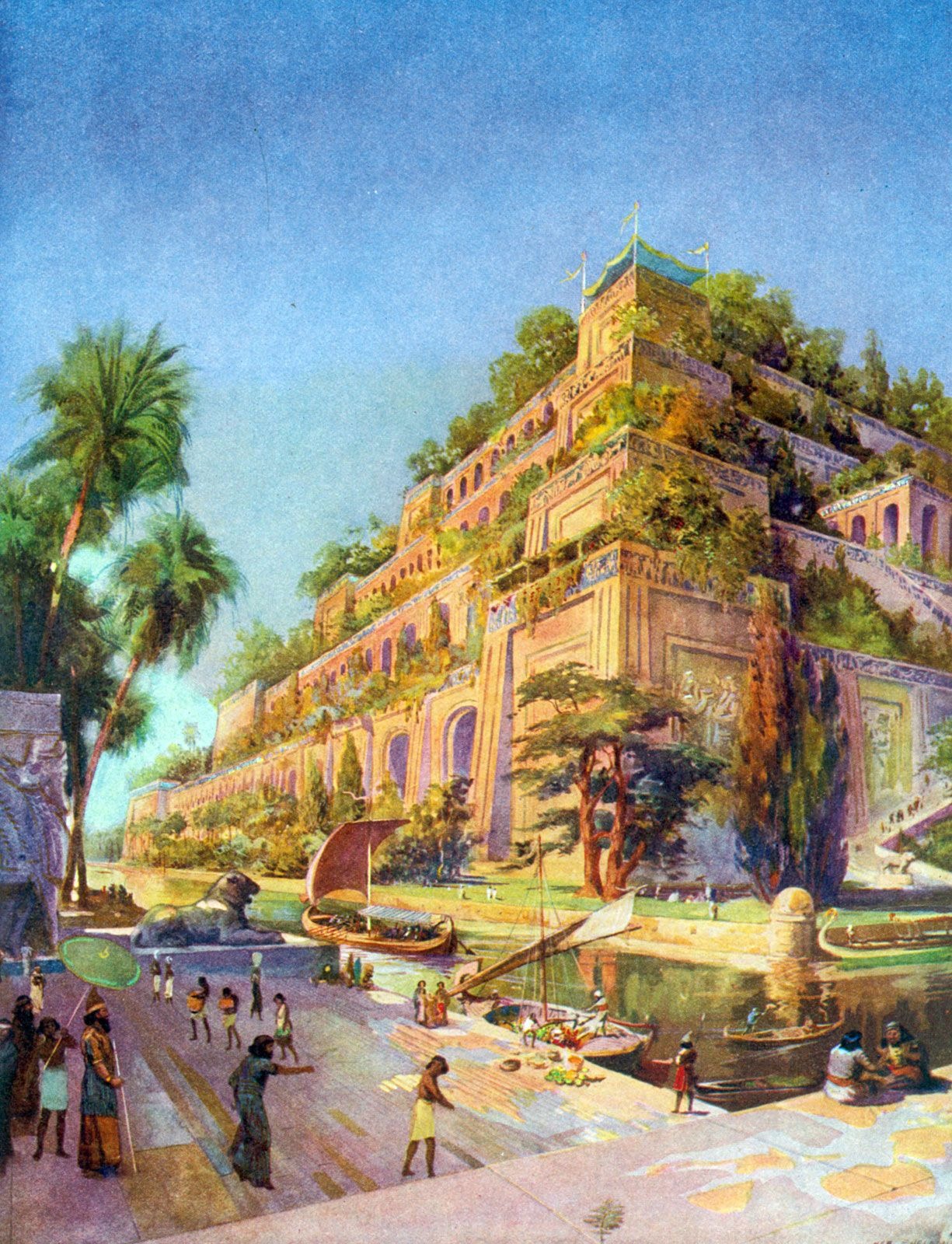
One of the Seven Wonders of the Ancient World, the Hanging Gardens of Babylon is often described as an architectural marvel with lush terraces and flowing water.
Yet, no definitive archaeological evidence has ever been found to prove their existence.
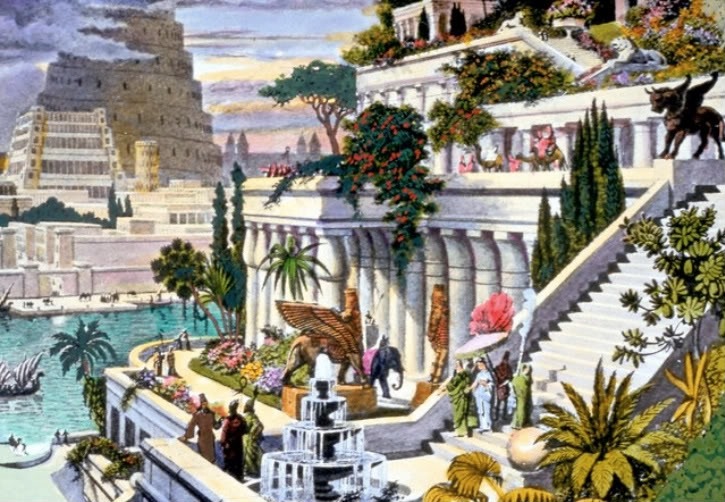
Some historians believe the gardens were a poetic invention, while others argue they may have existed in Nineveh rather than Babylon.
The debate continues, and the absence of physical proof only deepens the intrigue surrounding one of history’s greatest wonders.


